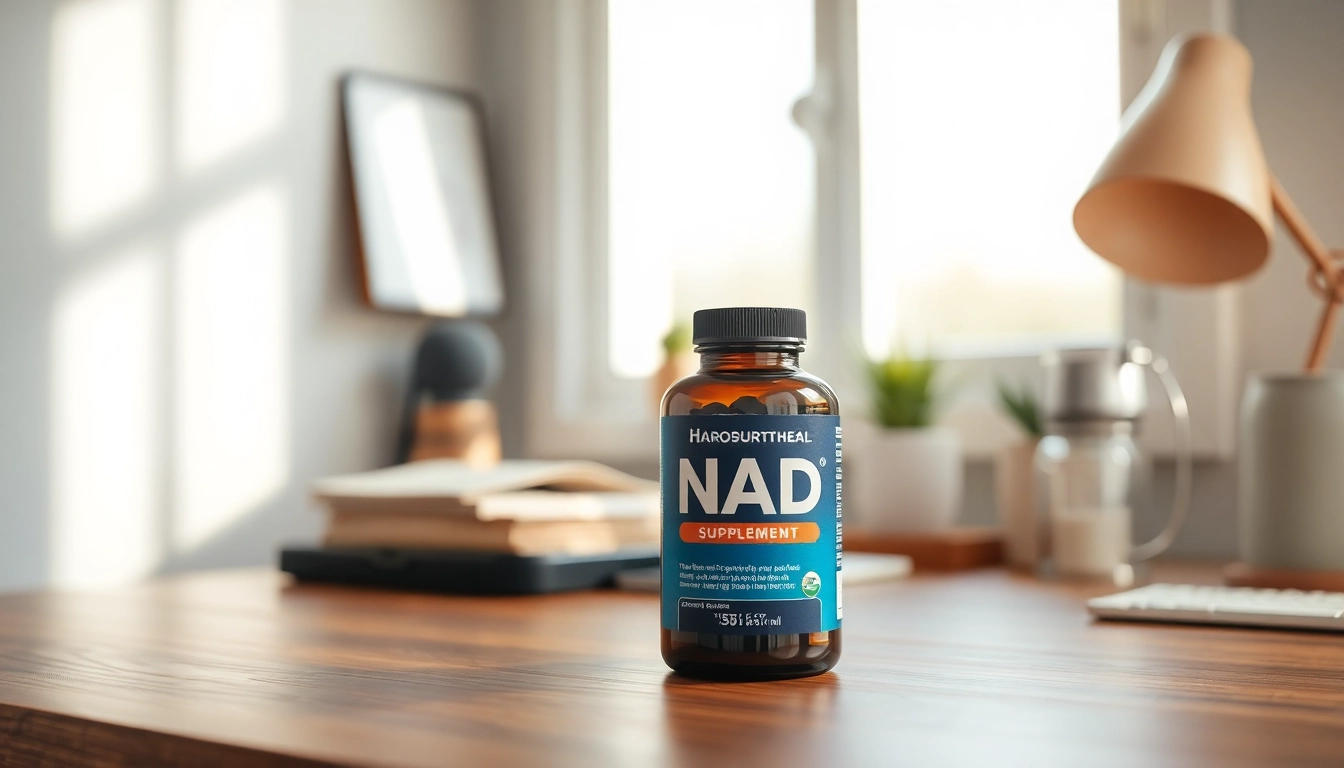What is Testosterone Replacement Therapy?
Overview of Testosterone Replacement Therapy
Testosterone Replacement Therapy (TRT) is a medical treatment aimed at reestablishing hormone levels in individuals, primarily men, who are diagnosed with low testosterone levels, a condition known as hypogonadism. This hormonal deficiency can lead to various health issues, including reduced sexual libido, decreased muscle mass, fatigue, and diminished bone density. Through various administration methods such as injections, gels, patches, and pellets, TRT remedies these deficiencies and helps restore normal physiological function.
The importance of understanding and evaluating Testosterone Replacement Therapy cannot be overstated. It encompasses a comprehensive approach to assessing and managing testosterone levels in patients, evaluating both the potential benefits and associated risks of hormone therapy.
How Does Testosterone Replacement Therapy Work?
Testosterone Replacement Therapy works by administering testosterone in a way that raises levels to a physiological range, thereby mitigating the symptoms associated with low testosterone. The therapy seeks to mimic natural testosterone production in the body. Various mechanisms are involved in this process, particularly considering individual patient variables, including age, underlying health conditions, and the specific nature of their hypogonadism.
The administration of testosterone can be achieved through several methods:
- Injections: Often given intramuscularly, these injectables provide a significant boost to testosterone levels and can be administered weekly or bi-weekly.
- Transdermal patches: These patches are applied to the skin and deliver testosterone into the bloodstream consistently throughout the day.
- Topical gels: Similar to patches, these formulations are applied to the skin, allowing testosterone absorption through the dermal layers.
- Pellet therapy: Small pellets containing testosterone are implanted under the skin, slowly releasing the hormone over several months.
Who Can Benefit from Testosterone Replacement Therapy?
Men suffering from clinically diagnosed low testosterone (hypogonadism) stand to benefit the most from TRT. The therapy can be crucial for individuals experiencing severe symptomatic deficiencies, impacting their quality of life. Common symptoms prompting consideration for TRT include:
- Severe fatigue and decreased energy levels
- Reduced libido or sexual dysfunction
- Loss of muscle mass and strength
- Increased body fat
- Depressed mood or cognitive difficulties
It is important to note that a thorough evaluation by a healthcare provider is essential in determining candidacy for TRT, considering both potential benefits and contraindications.
Signs of Low Testosterone and Diagnosis
Identifying Symptoms of Low Testosterone
Identifying low testosterone levels begins with recognizing the symptoms that could indicate a deficiency. These symptoms can manifest in various forms, significantly impacting individuals’ daily lives and overall health. Key symptoms include:
- Persistent fatigue and loss of energy
- Decreased libido and sexual dysfunction
- Difficulty concentrating, memory issues, or cognitive decline
- Depression or low mood
- Changes in body composition, such as increased fat and reduced muscle mass
By understanding these signs, individuals can better advocate for their health and seek appropriate medical evaluations.
Diagnostic Tests for Low Testosterone
The diagnostic process for low testosterone typically involves a combination of symptom evaluation and laboratory testing. Physicians often recommend blood tests that measure total testosterone levels, typically performed in the morning when testosterone levels are at their peak. Low levels indicate a potential need for further investigation and treatment consideration. In addition to total testosterone measurements, free testosterone levels may also be assessed to provide insights into the bioavailability of testosterone in the body.
Consulting with Specialists for Testosterone Replacement Therapy
Consultation with healthcare specialists, such as endocrinologists or urologists, is crucial for proper diagnosis and management of low testosterone. These specialists can provide comprehensive evaluations, taking into account overall health, lifestyle factors, and the presence of chronic illness, to formulate a tailored approach for each patient considering Testosterone Replacement Therapy.
Benefits of Testosterone Replacement Therapy
Improved Mood and Energy Levels
One of the most significant benefits of Testosterone Replacement Therapy is the improvement in mood and energy levels experienced by many individuals undergoing treatment. Clinical studies consistently indicate that patients report enhanced well-being and reduced symptoms of depression post-therapy. As testosterone levels rise, many experience a surge in vitality, leading to increased motivation and involvement in daily activities.
Enhanced Sexual Function and Libido
TRT often leads to a noticeable improvement in sexual function and libido. Many men report increased sexual desire, improved erectile function, and overall better sexual satisfaction. This benefit plays a pivotal role in restoring quality of life and intimate relationships for those suffering from low testosterone, significantly enhancing satisfaction in personal connections.
Impact on Muscle Mass and Bone Density
Increasing testosterone levels through TRT has also been associated with gains in muscle mass and strength. Studies show that men participating in TRT often achieve improvements in physical performance due to increased muscle protein synthesis and enhanced muscle recovery. Additionally, testosterone positively influences bone density, reducing the risk of osteoporosis and fractures, a relevant concern for aging men.
Potential Risks and Side Effects
Short-term Risks of Testosterone Replacement Therapy
While Testosterone Replacement Therapy can yield significant benefits, it is not without potential short-term risks. Some men may experience side effects, particularly when starting therapy or when adjustments are made to dosage. Common short-term side effects include:
- Acne or oily skin
- Sleep apnea
- Fluid retention
- Increased red blood cell count (polycythemia)
- Changes in mood or emotional fluctuations
It is crucial for recipients of TRT to have regular follow-ups with their healthcare provider to manage any side effects appropriately.
Long-term Side Effects to Consider
Long-term use of Testosterone Replacement Therapy may also instigate various concerns that warrant attention. Potential risks include:
- Cardiovascular issues, including increased risk of heart attacks or strokes, particularly in men with preexisting heart conditions
- Prostate health risks, with some studies suggesting a potential link with benign prostatic hyperplasia (BPH) or prostate cancer
- Hormonal imbalance and infertility due to suppressed natural testosterone production
To mitigate these risks, ongoing monitoring of hormone levels and regular prostate health screenings are recommended.
Monitoring Health During Testosterone Replacement Therapy
Monitoring health during TRT is of utmost importance to assess the therapy’s effectiveness and any unintended consequences. A typical comprehensive monitoring plan may include:
- Regular blood tests to evaluate testosterone levels and check for polycythemia
- Prostate-specific antigen (PSA) testing to monitor prostate health
- Cardiac evaluations to assess any changes in heart health
Constant communication with healthcare providers allows for timely interventions to address any emerging concerns.
How to Start Testosterone Replacement Therapy
Consultation Process for Testosterone Replacement Therapy
The initiation of Testosterone Replacement Therapy begins with an in-depth consultation with a qualified healthcare provider. During this appointment, physicians will conduct a thorough review of the patient’s medical history, discuss symptoms in detail, and order necessary lab tests to confirm low testosterone levels. This assessment plays a critical role in developing an appropriate treatment plan tailored to the individual’s needs.
Choosing the Right Type of Testosterone Replacement Therapy
Once a diagnosis has been established, patients will work with their healthcare providers to determine which method of testosterone administration best suits their lifestyle, preferences, and medical needs. Factors influencing this decision may include:
- Frequency of administration
- Potential side effects associated with different delivery methods
- Personal comfort with self-administration (injectables vs. topical options)
Choosing the right type is a collaborative process, emphasizing patient involvement and informed decision-making.
Managing Expectations and Ongoing Treatment
Understanding the long-term nature of Testosterone Replacement Therapy is crucial. It is not merely a quick fix but rather a lifelong commitment for many individuals. Patients should be prepared for regular follow-ups and adjustments to their treatment plans as needed. Setting realistic expectations regarding timeframes for noticeable improvements in symptoms and the ongoing nature of therapy can significantly enhance satisfaction and adherence to treatment.
In conclusion, Testosterone Replacement Therapy can be a pivotal treatment avenue for individuals suffering from the debilitating effects of low testosterone. With an informed understanding of the therapy’s mechanisms, benefits, risks, and implementation steps, patients can make educated decisions and take proactive control of their health. Ongoing collaboration with healthcare professionals remains the cornerstone of successful treatment and overall well-being.



